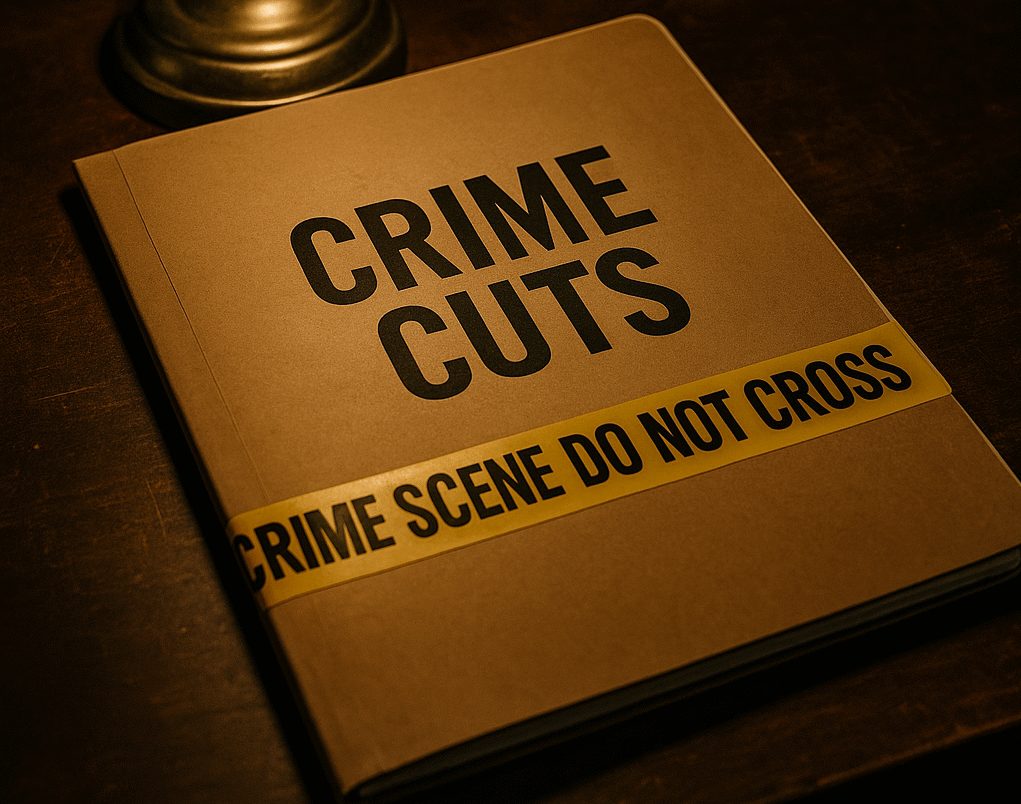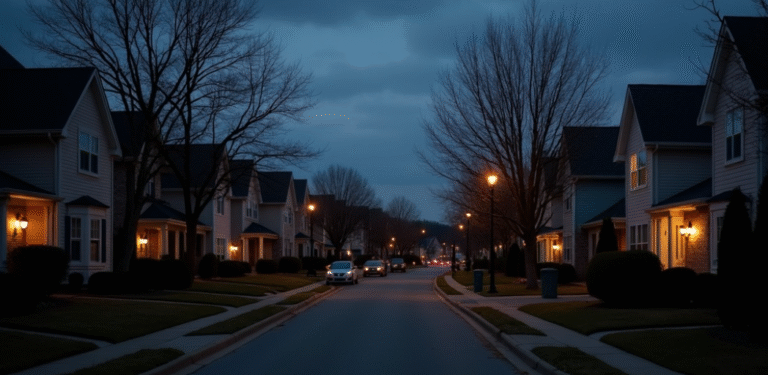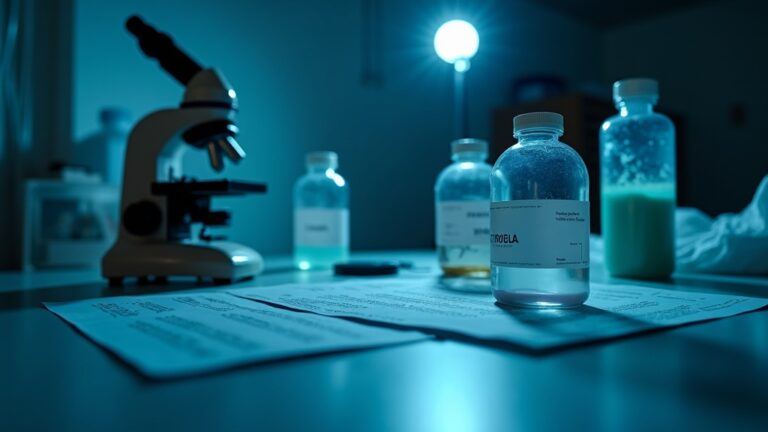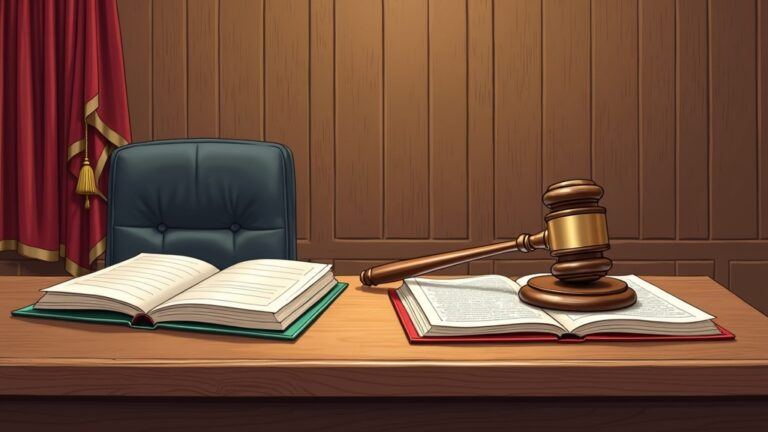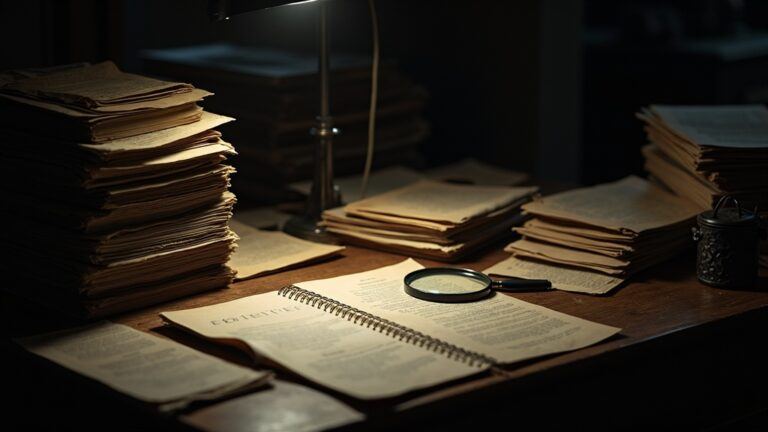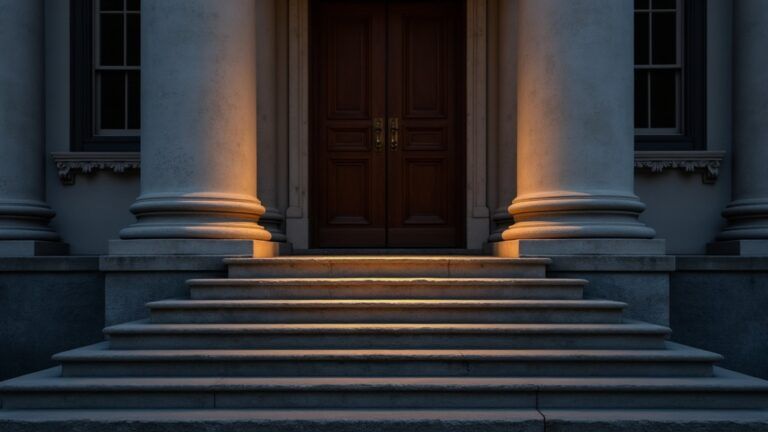Introduction
If you’ve ever watched a crime drama, you probably know that the legal process is much more than dramatic courtroom scenes. The real adventure starts long before anyone steps in front of a judge. Understanding how the system works from start to finish helps people see where things can get complicated and what actually moves cases toward fair results.
I’m going to walk you through each major step, so you know exactly what happens from the moment a crime is discovered to the final courtroom decision. This journey is crucial for Exploring The Legal Process.
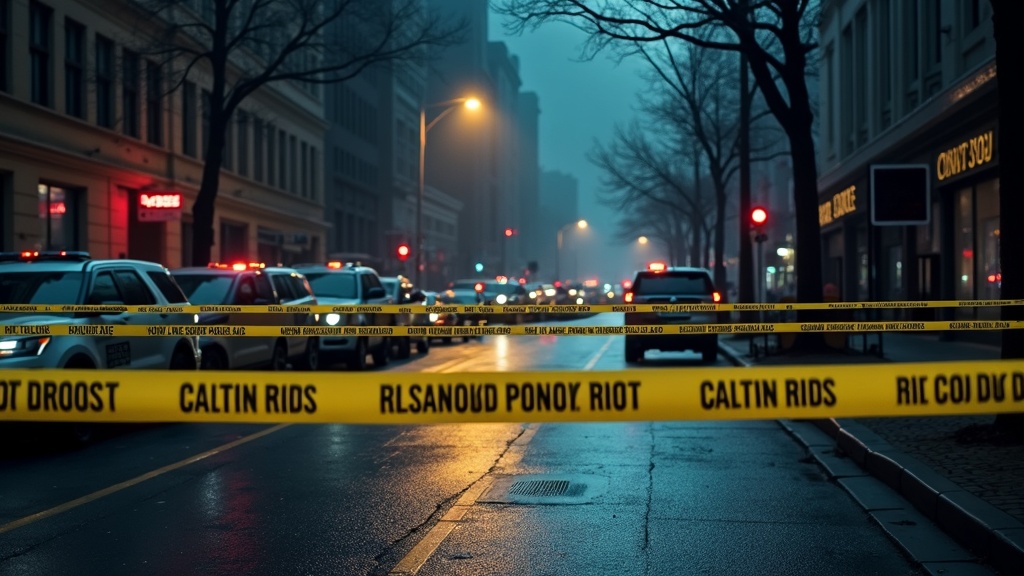
Table of Contents
Why Understanding the Legal Process Matters
Knowing how the legal process works gives you a clear view of how justice gets done, or why sometimes it doesn’t. Seeing each step laid out shows just how many people and details are involved. It helps victims, witnesses, and families know what’s coming next.
Most of all, understanding the process lets everybody see where things work well and where holes in the system appear, such as delays or lost evidence. If you’re ever called as a witness, involved in a case, or just following headlines, understanding the process is really helpful.
The Crime Scene: Where It All Begins
Exploring The Legal Process
This section delves into the various stages of the legal process, highlighting the importance of each phase and the implications for all parties involved.
Everything kicks off at the crime scene. First responders, usually police, secure the area to keep everyone safe and stop any evidence from getting lost or messed up.
The officers start observing, jotting down notes, and pointing out anything odd. They might spot shell casings, broken windows, or muddy footprints leading away. Evidence collection is carried out with care, using gloves, bags, and labels.
Police snap photos, dust for fingerprints, and look for DNA, hair, fibers, weapons, and other clues. Every item gets logged into what’s called the “chain of custody,” so it’s tracked from the moment it’s picked up.
Witnesses nearby are asked about what they saw or heard, and contact details are gathered so they can follow up later.
Investigation Phase
After the crime scene work wraps up, detectives and investigators take over. The type and seriousness of the crime decide what team is on the job. Detectives run background checks, look up criminal histories, and sometimes talk to neighbors or businesses near the scene.
Searching for surveillance footage, knocking on doors, and following up on tips takes a lot of time. Forensics labs might be called in for DNA analysis or ballistics. Investigators use databases to try to match fingerprints or identify suspects.
If they need more evidence, like getting into a house or checking phone records, they ask a judge for search warrants. Everything done here shapes what comes next and sets the groundwork for the rest of the adventure.
Arrest & Miranda Rights
If investigators collect enough to believe someone likely committed the crime (that’s called probable cause), they can make an arrest. When this happens, police must tell the person their Miranda rights, like the right to remain silent and the right to a lawyer.
Skipping this part or making mistakes with it can mean statements or confessions might not be allowed in court later. After arrest, the person is processed: fingerprinted, photographed, and booked into the system.
This step ensures everyone knows who’s in custody and what they’re being accused of, keeping the process transparent and fair.
Charging Decisions
Next, the case file lands on the prosecutor’s desk. The prosecutor isn’t a detective; they’re a lawyer who decides what to charge based on the evidence.
They might choose to file charges, offer a deal for a lesser charge, or drop the case if the evidence is weak. Sometimes charges come from a grand jury, a group of regular folks who hear evidence and decide if there’s enough for a trial. Other times, the prosecutor files charges directly with a formal complaint.
Each approach comes with its own checks to make sure cases are handled accurately.
Pretrial Procedures
After formal charges, the accused faces arraignment, where they hear the charges in open court. The judge goes over rights again and asks for a plea: guilty, not guilty, or no contest.
At a bail hearing, it’s decided whether the accused gets released until trial or sits in jail. Discovery is a key part; both sides share evidence, witness lists, and reports to help keep things fair.
Pretrial motions come up too, where lawyers argue about whether certain evidence should be thrown out, where the trial should happen, or if the case should be dismissed entirely. These steps make sure neither side is caught off guard and help everyone prepare for what’s next.
Plea Bargaining
Most criminal cases never make it to a full trial. Through plea bargaining, the defense and prosecution work out a deal, maybe pleading guilty to a lesser charge in exchange for a lighter sentence.
Plea deals speed things up, clear out busy court schedules, and avoid the gamble of a jury. On the flip side, some people feel these deals sweep the full truth under the rug, and victims might feel left out of the decision.
Still, the practice is widespread because of the huge number of cases moving through the courts.
The Criminal Trial Process
- Jury Selection (Voir Dire): The trial starts by picking the jury. Both sides can ask questions and challenge jurors if there’s bias or a reason they can’t be impartial.
- Opening Statements: Lawyers for both sides create a picture of what they think the evidence will show.
- Presentation of Evidence: This is where witnesses take the stand, answer questions, and get cross-examined. Physical evidence and expert testimony are displayed for the jury to see.
- Closing Arguments: Each side finishes with a summary to pull everything together and persuade the jury.
- Jury Instructions & Deliberation: The judge tells the jury what laws apply and the standards they’re using to make their decisions. The jury then goes to a private room for deliberation until they reach a verdict.
- Verdict: The jury returns with a decision: guilty, not guilty, or sometimes a hung jury if there’s no agreement. In some cases, sentencing recommendations are included too.
Sentencing
If the accused is found guilty, the next step is sentencing. Sometimes it happens right away, but for bigger cases, there’s a separate hearing.
The judge looks at several things such as how serious the crime was, past criminal history, and what victims have to say (victim impact statements).
Sentencing options cover everything from probation and fines to jail or even long-term prison, depending on the case and local laws. Judges aim to balance punishment, rehabilitation, and protecting the public when making their decision.
Appeals and Post-Conviction Relief
If the defense believes something went wrong, such as the law being applied incorrectly or poor legal representation, they can ask a higher court to review the case.
Appeals aren’t new trials; they’re reviews of the original process. Sometimes, new evidence shows up (like DNA), leading to new hearings or even overturning the verdict.
Postconviction relief can also include asking for reduced sentences or other legal changes if significant errors are found.
The Role of Victims in the Legal Process
Victims aren’t just bystanders. They can make statements in court about how the crime affected them, especially at sentencing.
In many places, victims have the right to be informed, attend hearings, and sometimes give input on plea bargains. Some victims feel left out when cases get delayed or settled behind closed doors.
That’s why victim advocacy programs exist; these teams support, explain, and guide victims through the system so they don’t feel forgotten.
Where the Process Can Break Down
No process is perfect. Sometimes evidence is misplaced, witness stories change, or people don’t cooperate as needed.
Jam-packed courts and public defenders’ offices can slow things down or lead to hurried cases. Miscommunication between police, lawyers, or labs sometimes stops a case in its tracks.
The way prosecutors pick which cases move forward can leave victims confused or frustrated, especially when there’s not enough explanation about dropped or changed charges.
Key Legal Standards to Know
- Probable Cause: Police need a solid reason to arrest someone or search property, more than just a hunch.
- Reasonable Doubt: Jurors must be sure “beyond a reasonable doubt” to convict in criminal trials.
- Double Jeopardy: Once acquitted, a person can’t be tried for the same crime again.
- Due Process: The Constitution guarantees fairness for everyone at every step.
- Admissibility: Only evidence that meets strict rules gets shown in court.
High-Profile Cases That Show the Process
Some famous cases highlight just how complex and public the legal process can get, showing the impact of evidence, media, and public opinion.
The O.J. Simpson case brought talk about jury bias and evidence handling. The George Floyd trial put a national spotlight on video evidence and public transparency.
The Golden State Killer case demonstrated how modern DNA can help solve old mysteries. These cases spark big conversations about accountability and show how unpredictable trials can be.
Final Takeaways
The path from a crime scene all the way to a courtroom decision winds through many steps, each with its own job to do.
Knowing what happens along the way helps protect people’s rights and keeps the system fair and open. If you’re following a case or become part of one, seeing these steps laid out makes everything a lot less confusing and easier to follow.
Transparency, careful evidence handling, and fair procedures matter a lot to making sure justice is more than just a word.
For those interested in seeing exactly how a legal case moves from courtroom to verdict, the American Bar Association’s “How Courts Work” guide offers an exceptional breakdown. It features a step by step diagram covering everything from jurisdiction, discovery, and pretrial motions to opening statements, jury deliberations, sentencing, and appeals, making complex courtroom procedure accessible and informative.
Contact Us:
If you need to contact us for any reason, please feel free to do so here!
